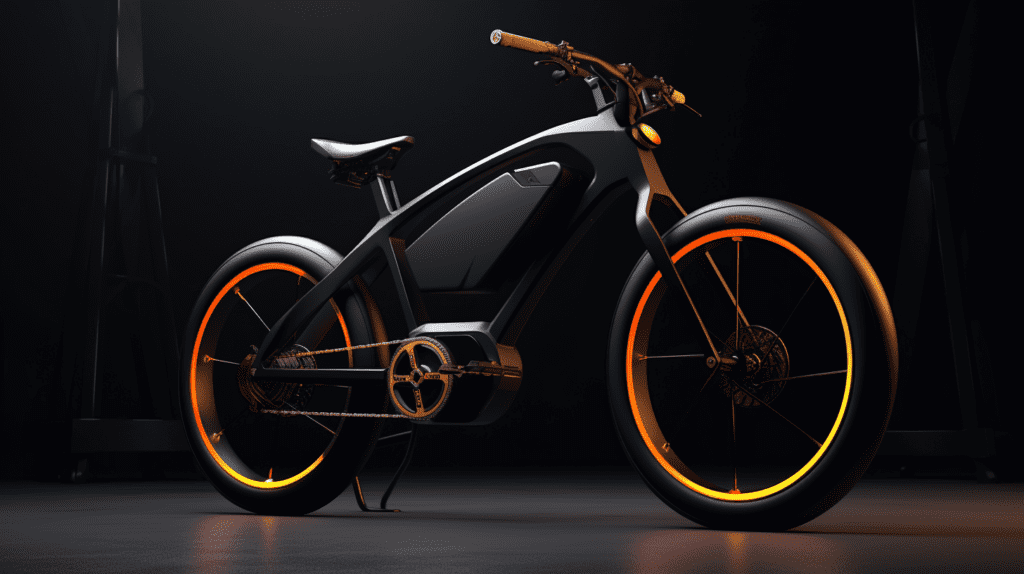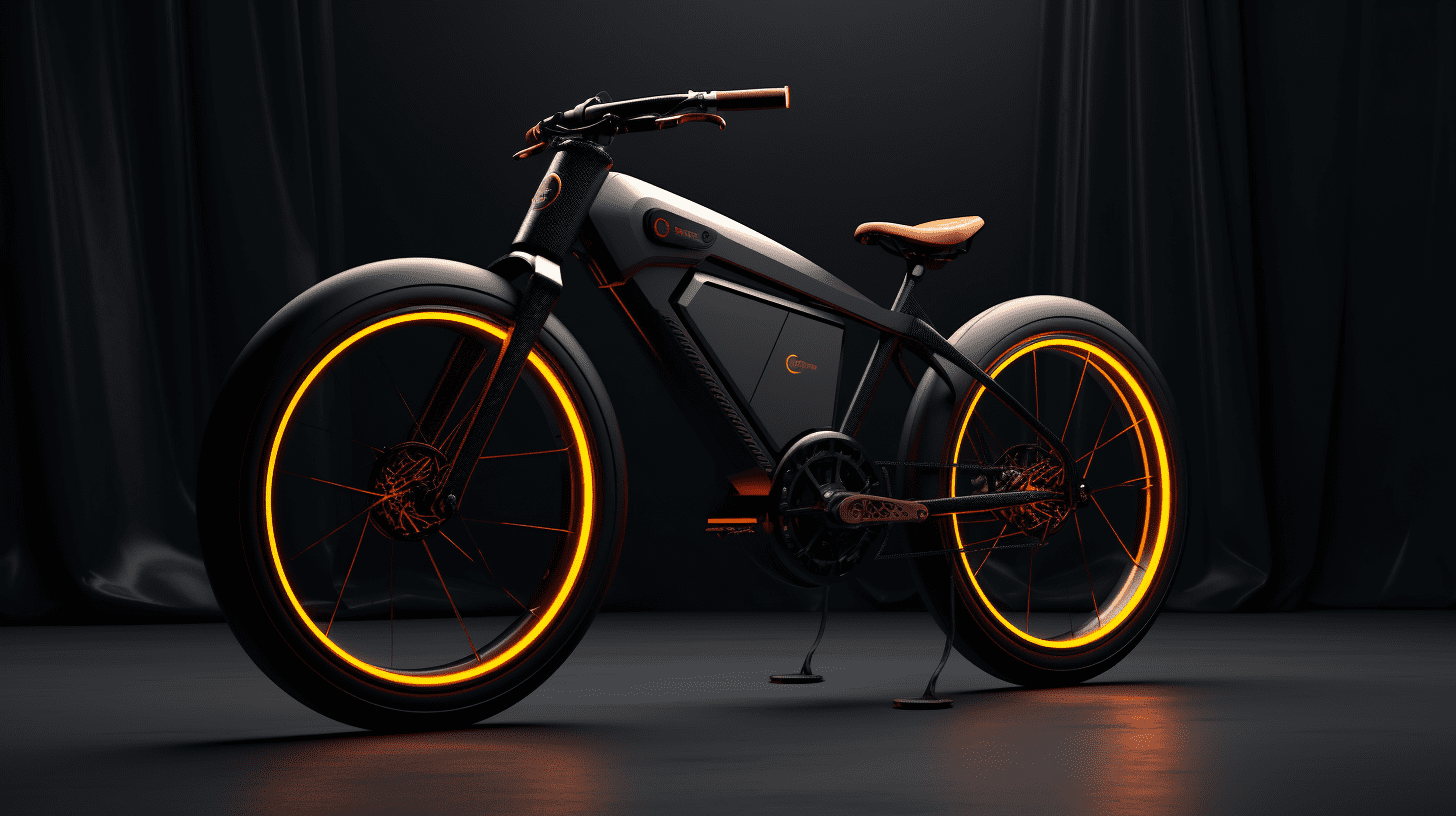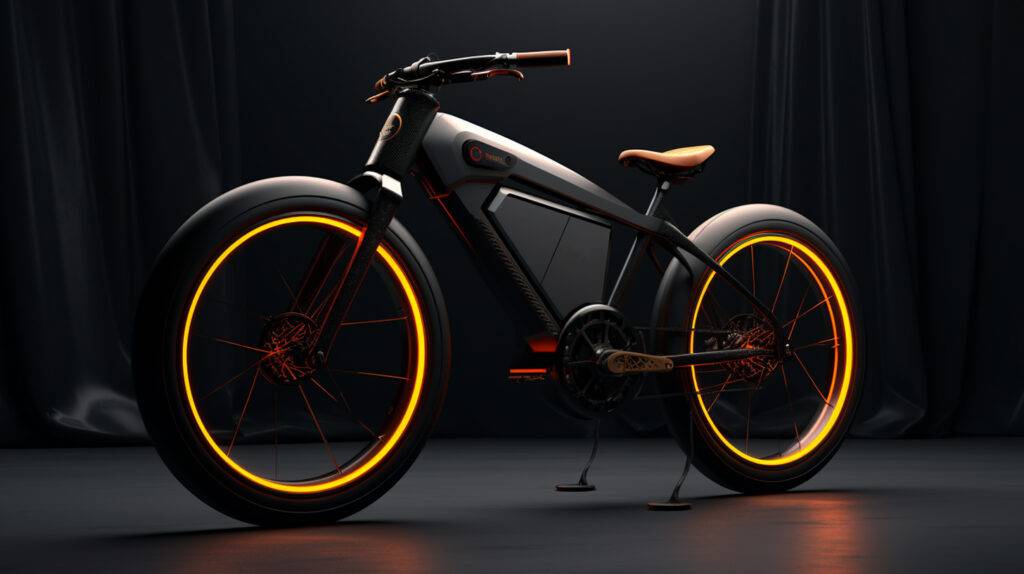E-bike batteries play a crucial role in the performance and longevity of electric bikes. It’s essential to understand the factors that affect battery storage, such as expiration, self-discharge, and shelf life. In this article, we will explore these topics in-depth and provide tips on how to extend the life of your lithium-ion batteries.

Battery Expiration:
Batteries have a finite lifespan and will eventually expire. However, most batteries last for several years before replacement is necessary. You can determine if your battery has expired if it no longer holds a charge as long as it used to or if it starts to swell. If your electric bike is not performing as well as before, an old battery may be the culprit. Expired batteries still function but are not as efficient. Manufacturers usually indicate the expiration date on the battery, and it’s important to replace it when necessary.
Battery Self-Discharge:
Self-discharge is when a battery loses its charge over time, even when not in use. Different types of batteries have varying self-discharge rates. Lead-acid batteries have the highest self-discharge rate, followed by nickel-cadmium and nickel-metal hydride batteries. Lithium-ion batteries have the lowest self-discharge rate. Most lithium-ion batteries lose about 5% of their charge per month, while lead-acid batteries can lose up to 30%. Minimizing exposure to self-discharge can extend battery life. Store batteries in a cool, dry place away from direct sunlight or extreme temperatures.
Battery Shelf Life:
The shelf life of a battery refers to the duration it can be stored without losing its performance. Lithium-ion batteries typically have a shelf life of around three years. After this time, the battery may not hold a charge as effectively or may not work at all. Factors like temperature, humidity, and air pressure can affect shelf life. Storing batteries in a cool, dry place and avoiding extreme temperatures and moisture can help extend their shelf life.
Top 10 Questions and Answers for Lithium Wholesale Buyers:
1. How long do lithium-ion batteries typically last?
– Lithium-ion batteries can last for several years, with an average lifespan of 2-10 years, depending on usage and maintenance.
2. What are the main factors that affect battery expiration?
– Self-discharge, shelf life, capacity loss, chemical degradation, and physical damage contribute to battery expiration.
3. How can I check the expiration date of a battery?
– Look for a sticker or label on the battery indicating the expiration date, usually in months and years.
4. Can expired batteries still be used?
– Yes, expired batteries can still function, but they won’t be as efficient as they once were.
5. How can I minimize self-discharge in lithium-ion batteries?
– Store batteries in a cool, dry place away from extreme temperatures and direct sunlight.
6. What is the self-discharge rate of lithium-ion batteries?
– Most lithium-ion batteries lose around 5% of their charge per month.
7. What is the shelf life of lithium-ion batteries?
– The shelf life of lithium-ion batteries is typically around three years.
8. How can I extend the shelf life of batteries?
– Store batteries in a cool, dry place and avoid exposing them to extreme temperatures or moisture.
9. Do all batteries have the same shelf life?
– No, different battery types have varying shelf lives. For example, alkaline batteries can last up to ten years.
10. Can I store batteries for an extended period without using them?
– If you don’t plan on using your batteries for an extended period, it’s best to remove them from the device and store them separately in a cool, dry place.
Remember, understanding battery expiration, self-discharge, and shelf life is crucial for maximizing the performance and lifespan of your e-bike batteries. Always refer to the manufacturer’s instructions for specific guidelines on battery storage and maintenance.



